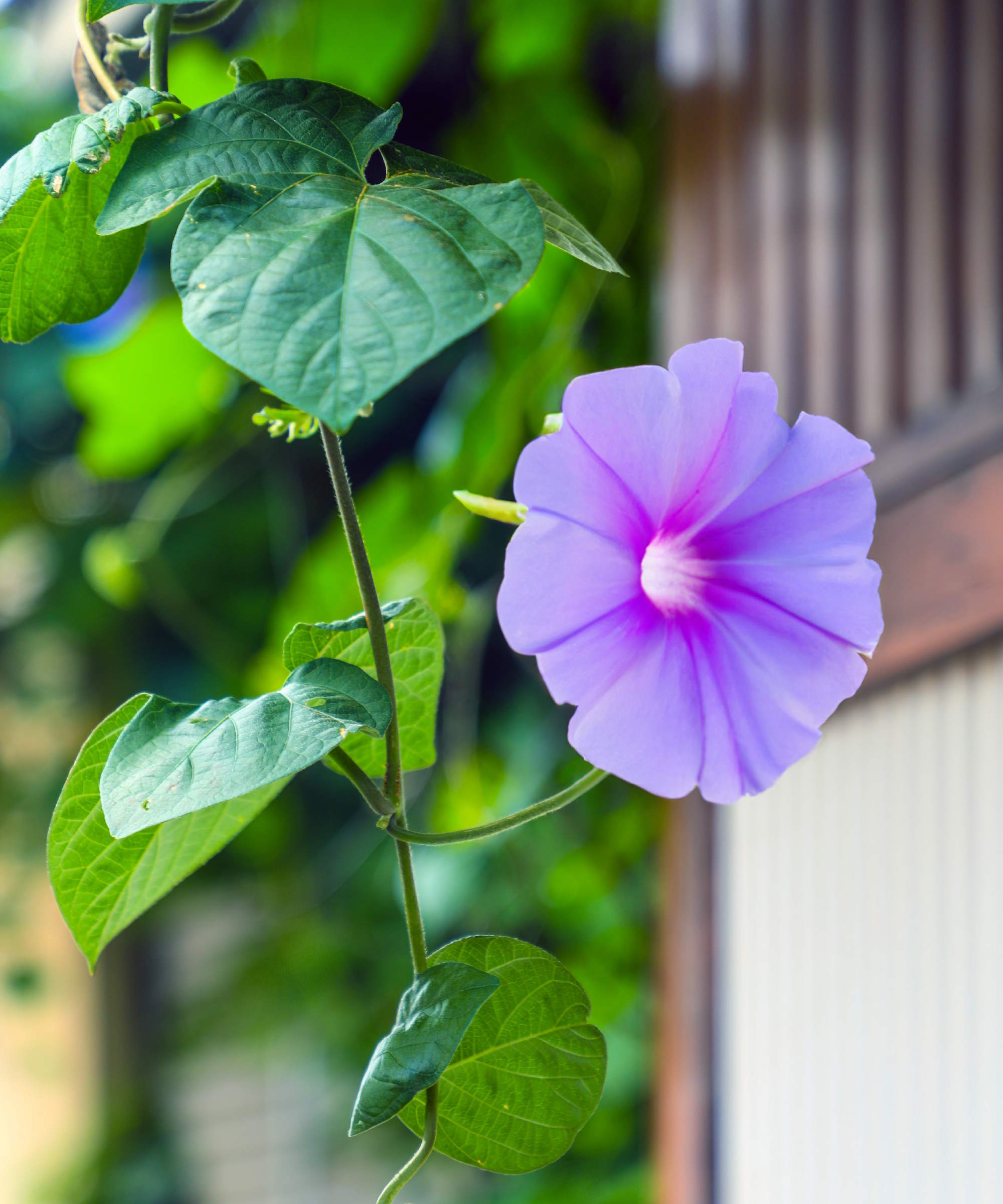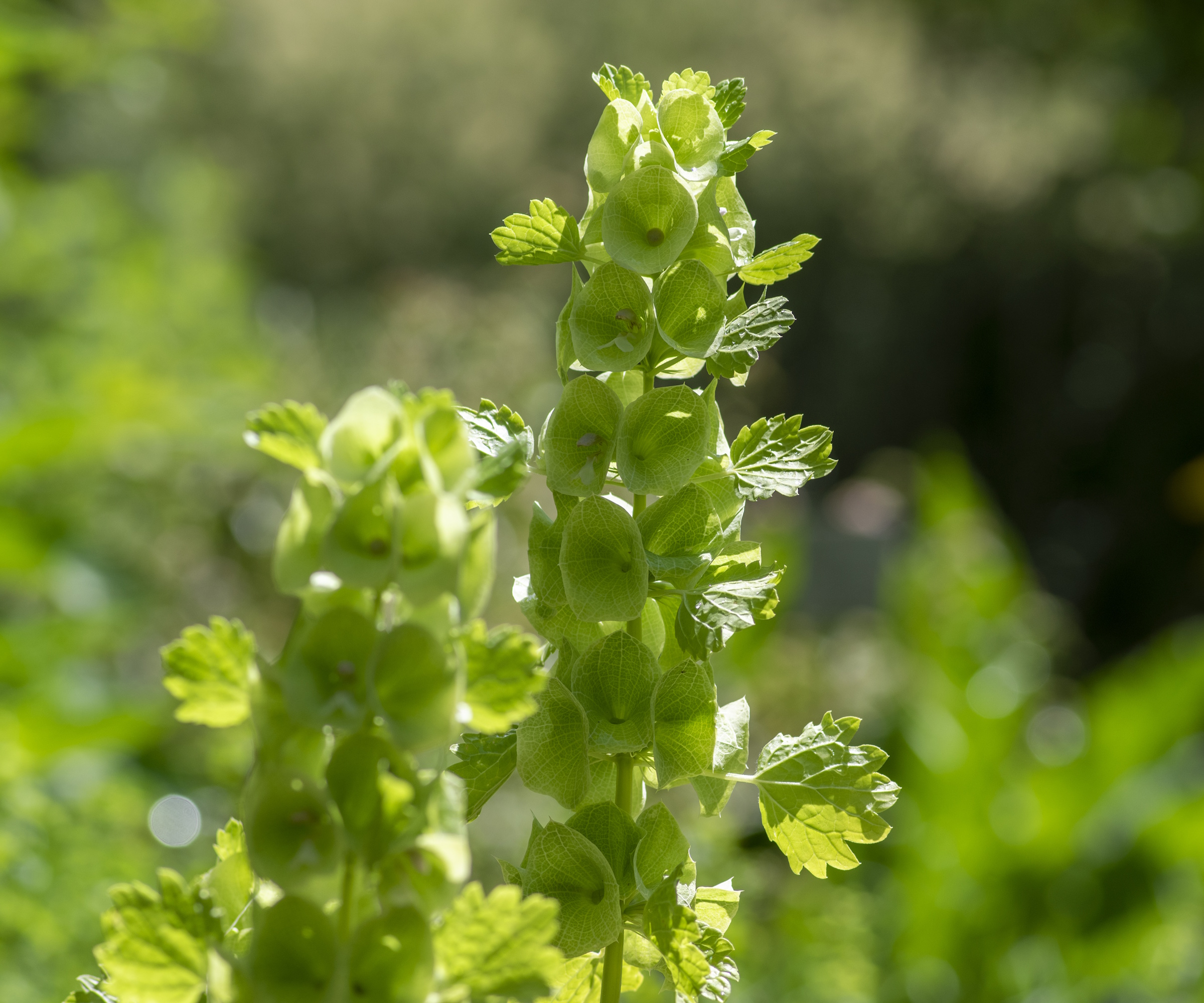Annuals are a great and cost-effective way of injecting some color into your garden. Growing quickly from seed or easily available ready to plant out, annual flowers are perfect for sprucing up a tired-looking border or jazzing up containers.
Over my career as a professional gardener and flower farmer, I’ve had the opportunity to grow a wide array of annuals, both for adding to beds and borders and for cutting commercially. Annual flowers tend to germinate readily and be easy to care for, but some can be far more difficult and tricky to get going.
If you need some inspiration on what you could grow to bring your borders and pots alive, here are the best annual flowers to get you thinking. However, if you fancy a challenge, here are my most difficult annuals to grow and some tips to help ensure they are a success.
You may like
Most difficult annuals to grow
From germination issues to a lack of flowers and even pests and disease, annuals are not always the simplest to grow. However, with a little bit of nurturing and the right care, these annual flowers will be brightening up your backyard in no time.
Nicotiana

(Image credit: Future/Edward Bowring)
Widely referred to as the flowering tobacco plant, Nicotiana is celebrated for its fragrant, long-lasting blooms and ability to attract moths. An ideal cottage garden plant, I have grown and come to love both Nicotiana alata and Nicotiana sylvestris for their delicate flowers and evening scent.
Flowering from early summer right up until the fall, Nicotiana are commonly grown as annuals, but some can be treated as short-lived perennials in US hardiness zone 10 and above.
Planted out after all threat of frost is over, flowering tobacco plants require full sun to partial shade and a consistently moist soil. Having grown Nicotiana in various borders in a garden I used to manage, those planted in a less-than-ideal, dry, and free-draining, south-facing bed struggled, whereas those in a more moisture-retentive soil and dappled shade thrived.
Furthermore, if you choose to grow them from seed, they need light to germinate, so the seeds should not be covered but rather gently pressed into the soil and kept at 72-78°F.
Heaven Scent Nicotiana are available from Burpee.
Sweet peas

(Image credit: Future/Edward Bowring)
One of the most adored garden flowers, sweet peas, Lathyrus odoratus, are a delight both in the garden and when cut and brought indoors. Generally highly scented and in an array of colors, there is a sweet pea variety for everyone. However, known to be a bit of a diva, sweet peas can sometimes be tricky to grow.
A perfect addition to any cut-flower garden, sweet peas require vertical support such as an obelisk or a teepee, but can equally be trained up a fence. Sweet peas prefer full sun and a rich, moisture-retentive soil, but can struggle in a hot summer and even stop flowering if the temperature rises too high. In hotter parts, planting them so that they receive some shade and respite from the harsh afternoon sun can help prolong their flowering.
Encased in a hard coating, you can speed up the germination of sweet pea seeds by soaking them in water and nicking them with a sharp knife before sowing. With deep roots, sweet peas are best sown in root trainers or deep pots and kept far away from any mice, who, from my experience, seem to adore freshly sown sweet pea seeds.
To prevent mice from eating the seeds, you can either sow them indoors or, when grown outside, place a few sprigs of prickly holly over the soil to put off any little critters from digging them up.
A hungry annual plant, sweet peas need a consistent supply of moisture and nutrients to keep them flowering as long as possible, especially towards the end of the season. Regular irrigation, incorporating lots of well-rotted manure or organic matter into the soil before planting and a weekly feed with a high-potash fertilizer will help ensure a great display.
If this wasn’t enough, sweet peas also require near-constant picking and deadheading to keep them blooming and stop them from going to seed. Sweet peas might be high maintenance and a bit fussy, but they are more than worth it for the joy they bring.
Sweet pea seeds are available from Ferry-Morse and thrive in US hardiness zones 3-8.
Snapdragons

(Image credit: mauritius images GmbH / Alamy Stock Photo)
Guaranteed to bring color to your beds, borders and containers, snapdragons or Antirrhinum are a long-standing favorite of gardeners and cut flower growers. Available in soft pastels and vibrant hues, snapdragons are great for attracting pollinators and will bloom from early summer until the fall.
Almost always treated as annuals that die back with the first frost of winter, snapdragons can also be grown as perennials in some warmer parts of US hardiness zone 7 and above.
Generally considered an easy-to-grow flower, getting snapdragons to germinate can be tricky. Having grown them for sale as cut flowers, I have found that snapdragons are best sown in the fall or early spring, 8 to 10 weeks before the last frost to give them a head-start.
Antirrhinum seeds are so small that they are best handled with a damp toothpick and sown in modules. Needing light and a temperature of around 70°F to germinate, the seeds, like Nicotiana, do not need to be covered.
Although happy enough when left to their own devices, there are some things you can do to encourage your snapdragons to keep flowering. Even though they require full sun to thrive, they prefer a cooler climate and can benefit from some shade from the midday sun.
If rainfall is limited, watering 2 to 3 times a week will help maintain plant health and bloom production, but being susceptible to overwatering, snapdragons should not be watered if the soil is already moist.
However, from growing them for sale in the past, perhaps the most important thing you can do is to deadhead your snapdragons correctly. Removing the spent flower stalks as soon as the blooms finish, just above a leaf node, will not only provide a tidy appearance but also encourage new blooms to emerge.
Snapdragon seeds are available from Burpee.
Morning glory

(Image credit: Getty Images/DigiPub)
Morning glory, or Ipomoea, is prized for its trumpet-shaped flowers and vigorous nature. A tender yet fast-growing climbing plant, morning glory can grow to 4m high and is ideal for covering a bare fence or growing up a pergola.
Morning glory is generally considered an easy annual to grow, but, from my experience of growing it in a walled garden, getting it to flower well and put on a long-lasting display can be a different matter. Although it is commonly treated as an annual, it may regrow the following year in USDA zones 7 and above.
Commonly grown from seed, morning glory needs a long growing season and should be sown 6 weeks before the last frost to give it the best chance of maturing and flowering before the end of summer.
To help promote flower production, you will want to plant morning glory in a sunny and sheltered spot where it will receive at least 6 hours of sun per day. If grown on fertile soil, supplementary fertilizer is not strictly required, but can be added at the time of planting in poorer substrates. Water regularly after planting and once established, only when the soil is dry.
Once mature, and after the first blooms have appeared, you can apply a fertilizer that is high in phosphorus and potassium, such as Jack’s Classic 12-15-30 available from Amazon, to encourage more blooms. Tempting as it may be to put on a general-purpose fertilizer, it is important not to apply high levels of nitrogen, as this can promote new leafy growth rather than any flowers.
Towards the end of the summer, regular deadheading is needed to prevent the vine from wasting energy on seed production. As soon as the flowers fade, you can remove them using a pair of pruning shears and wait for new flowers to emerge.
Morning Glory seeds are available from Burpee.
Bells of Ireland

(Image credit: Getty Images/Iva Vagnerova)
Grown for its spikes of pale green, bell-shaped calyxes and white to pale pink flowers, Bells of Ireland, Moluccella laevis, is a favorite of both gardeners and florists. It is also right on trend, having recently been spotted in Pamela Anderson’s stunning, no-foliage bouquets.
Perfect for adding to bouquets, both freshly harvested and as dried flowers, Bells of Ireland is equally at home in a cut flower patch as it is in a garden border.
Although I find that Bells of Ireland tend to self-seed freely, growing them deliberately from seed is known to be notoriously difficult due to its slow and often unpredictable germination. However, after several years of trying different methods, the following is what I found to be most successful.
Requiring cold stratification, you can either direct sow outdoors in early spring or keep the seeds in the freezer until you plan to sow them. Bells of Ireland seeds germinate best after soaking them in water overnight and at a temperature of 65-68°F, but patience is required, as it can take up to 21 days for seedlings to develop.
Furthermore, since Moluccella laevis develops tap roots, which can make transplanting them more tricky, sowing the seeds in modules can prove beneficial.
Once large enough, plant out in full sun at a spacing of around 12 inches and water deeply. For cut flowers, harvest the entire stem by cutting at the base once the small white flowers begin to appear. To encourage self-seeding, you can leave some flowers to go to seed, which will hopefully germinate the following spring.
Suitable for growing in zones 2-11, Bells of Ireland seeds are available from Burpee.
Hopefully, these tips will help you succeed, but if all this talk about the most difficult annuals to grow has put you off, don’t let it. Instead, why don’t you try one of these easiest annuals to grow, as picked by one of our other gardening experts.


Comments are closed.